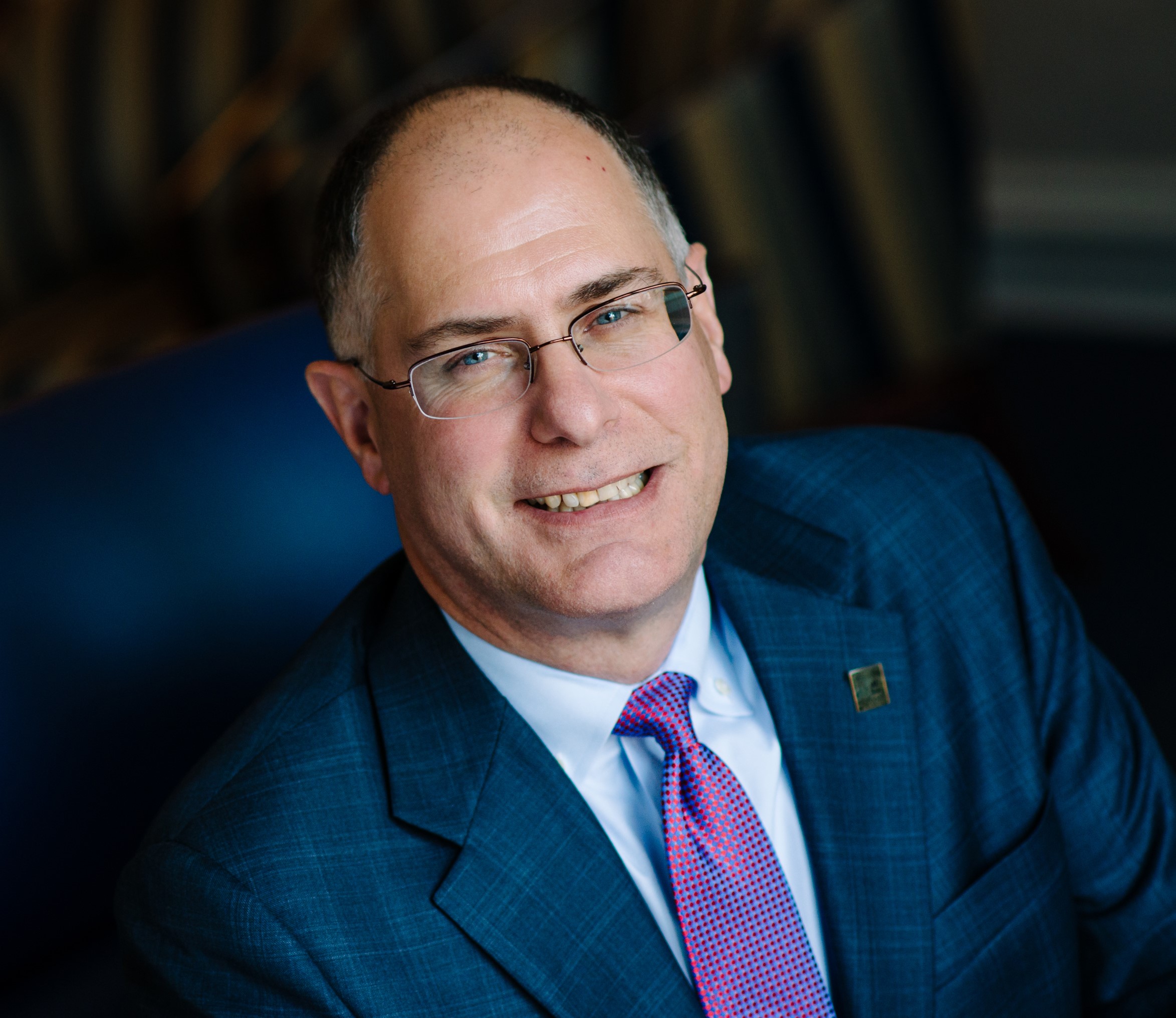
Among the estimated 4 million college students graduating this spring are those who made the often too-difficult journey from community college to a four-year university.
Although most people entering community college intend to earn a bachelor’s degree, only a fraction do. They are deterred by needlessly complicated policies, like credits that don’t transfer, as well as financial and personal stresses.
Higher education must do more to support undergraduates in upward transfer, especially private four-year institutions that are sometimes overlooked by community college students.
It is critical to act now because transfer enrollment is down across all institutions and all types of students, according to the National Student Clearinghouse Research Center. The trend is likely to continue with FAFSA renewal rates declining and Americans, especially those from lower-income backgrounds, continuing to choose the job market, where some wages have increased, in lieu of college, no matter the lost opportunity.
Independent colleges represent an area of promise in improving transfer and helping more students earn the bachelor’s degree that is key to lifelong success. There are more independent institutions than public universities, meaning they are widely available, and they offer strong student support, proven by overall higher graduation rates.
With dedicated financial aid, such as that offered by NYU’s Community College Transfer Opportunity Program, independent institutions can be affordable in ways that students may not have understood.
With statewide agreements, they can be accessible in the same ways as public schools, exemplified by Illinois’ private colleges that participate in the Illinois Articulation Initiative.
Big setback for higher ed as transfer enrollments plummet 7%
Private (and public alike) can take other steps, too, to ease the transfer process, such as reaching out to students with enough credits to transfer; making transfer information and application easier online; and creating hybrid programs that allow students to better balance their education and work and family obligations.
As president of a private Catholic university, I believe a key to improving transfer opportunities is the strong partnership between independent universities and public community colleges.
Through the UD Sinclair Academy, we at the University of Dayton work with Sinclair College, one of the largest and most respected community colleges in the country, and jointly enroll students at both institutions. As a result, they receive upfront, transparent information on the cost of all four years and can follow more than 100 academic pathways that explain exactly which classes to take at both schools. Along the way, they can rely on the support of academic advisors on both campuses, and success professionals at UD to navigate challenges that transfer students too often face. They can also avoid transfer shock by joining university clubs and attending campus activities while taking community college classes. Through support from the American Talent Initiative and a $1 million grant from Bloomberg Philanthropies and the Judy and Fred Wilpon Family Foundation to establish a Kessler Scholars program for Academy students, we’re excited to help spotlight the promise of a partnership-driven, wraparound support-focused approach to transfer.
As college administrators, lawmakers and thought leaders identify solutions both large and small to close the affordability and enrollment gap, let’s all begin by recommitting to community college transfer to improve graduation rates, strengthen the workforce pipeline, and lift the nation’s economy.
Eric F. Spina is president of the University of Dayton; American Talent Initiative steering committee member; and National Association of Independent Colleges and Universities vice chair.
More from UB








